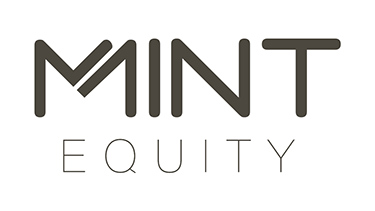With a Self Managed Superannuation Fund (SMSF) you can invest in all types of property including residential and commercial (e.g. office, retail and industrial), however there are restrictions around how to borrow money to fund such an investment.
As it stands today, you can only borrow money to purchase an asset within an SMSF by using a ‘limited recourse borrowing arrangement’ (LRBA). This means that any recourse the lender has under the borrowing arrangement is limited to the single asset purchased using the LBRA and can’t touch the other assets of the SMSF.
The rules around borrowing money to purchase an SMSF asset were relaxed in July 2010, which showed an increase in SMSF owners purchasing property. In 2010, ATO statistics show $755 million of assets with limited recourse borrowing arrangements. 5 years later, that figure is at staggering $15,587 million!
As the ATO explains:
A limited recourse borrowing arrangement requires an SMSF trustee to take out a loan from a third party lender. The trustee then uses those funds to purchase a single asset (or collection of identical assets that have the same market value) to be held in a separate trust.
Any investment returns earned from the asset go to the SMSF trustee.
If the loan defaults, the lender’s rights are limited to the asset held in the separate trust. This means there is no recourse to the other assets held in the SMSF.
LRBAs are becoming increasingly popular with SMSF trustees seeking to gear an investment portfolio without breaking the superannuation ‘no borrowing’ rules.
Rules governing limited recourse arrangements
- Super fund assets are better protected in the event of a default on a loan
- The asset within the limited recourse arrangement can only be replaced by the different asset in very specific circumstances within the superannuation law
- Limited recourse borrowing arrangements cannot be used to borrow funds to improve an asset, however they may use cash to make improvements
- The borrowing is only permitted over a single asset or a collection of identical assets with the same market value
- Recourse by the borrower (or any other person against the superannuation fund trustee) for default is limited to rights relating to the acquirable asset
According to July 2015 ATO statistics, there are 556,998 SMSFs in Australia. Within those SMSFs the estimates of the amount of assets held by SMSFs for residential property is $21,676 million and $66,735 million for non-residential property. Overseas property also features with $215 million for residential property and $114 million in non-residential property.
Limited recourse borrowing interest rates and criteria
SMSF residential investment property variable interest rates start from 5.64% and may attract a loading by the banks on interest only repayments.
Repayment terms will allow for principal & interest or a mix of interest only and principal & interest repayments.
LVR is generally up to 80% for residential properties and up to 70% for commercial properties.
Some SMSF lenders have recently introduced a minimum cash buffer requirement for limited recourse borrowing. This is to ensure that the fund has sufficient cash reserves to cover repayments and any problems or maintenance issues that may arise (also for non-rental periods in between tenancies) with the property as well as for ongoing accounting and compliance / audit costs.
Investing and borrowing for SMSFs can be confusing so it is always best to seek professional financial advice before committing to anything, particularly limited recourse borrowing arrangements.

